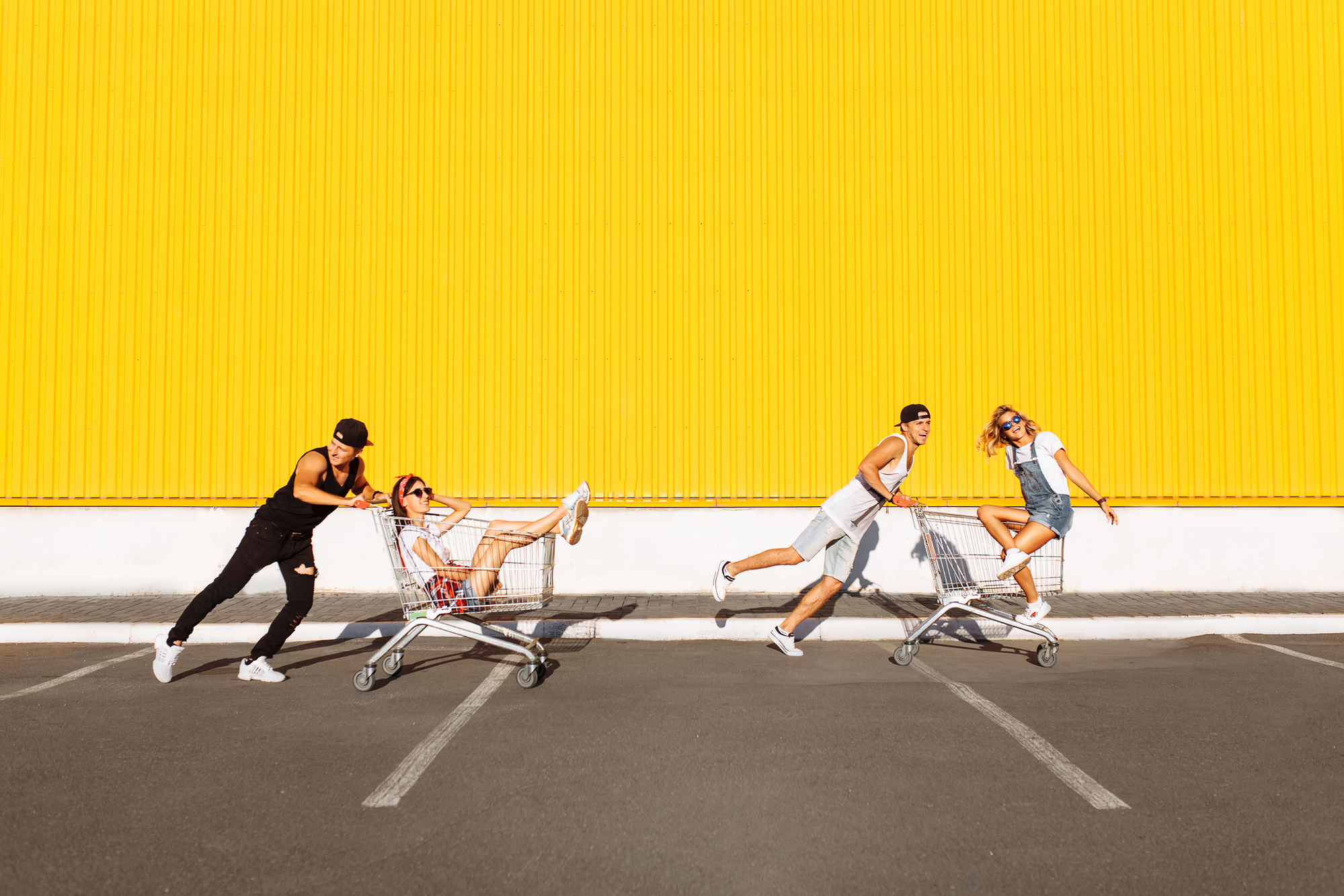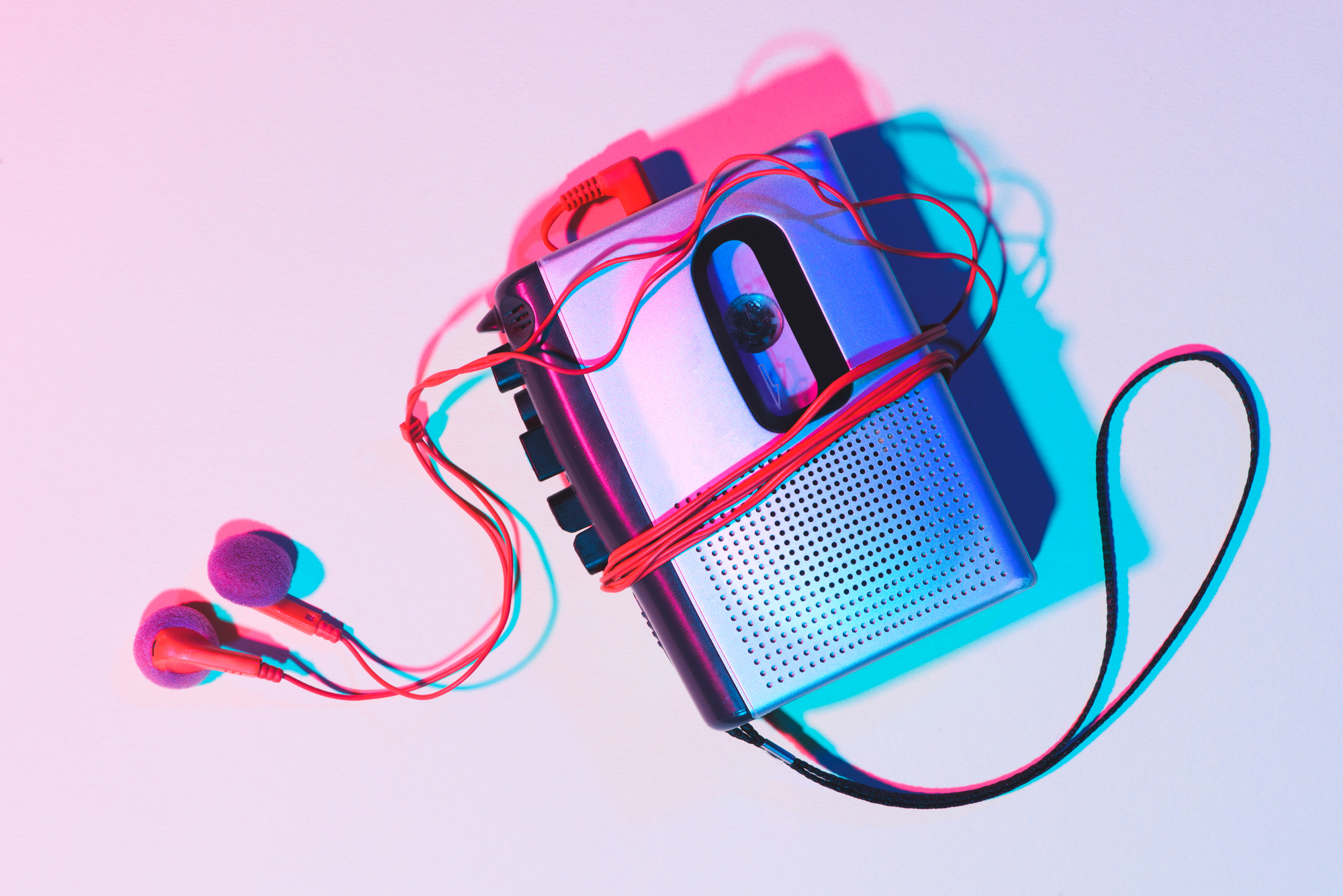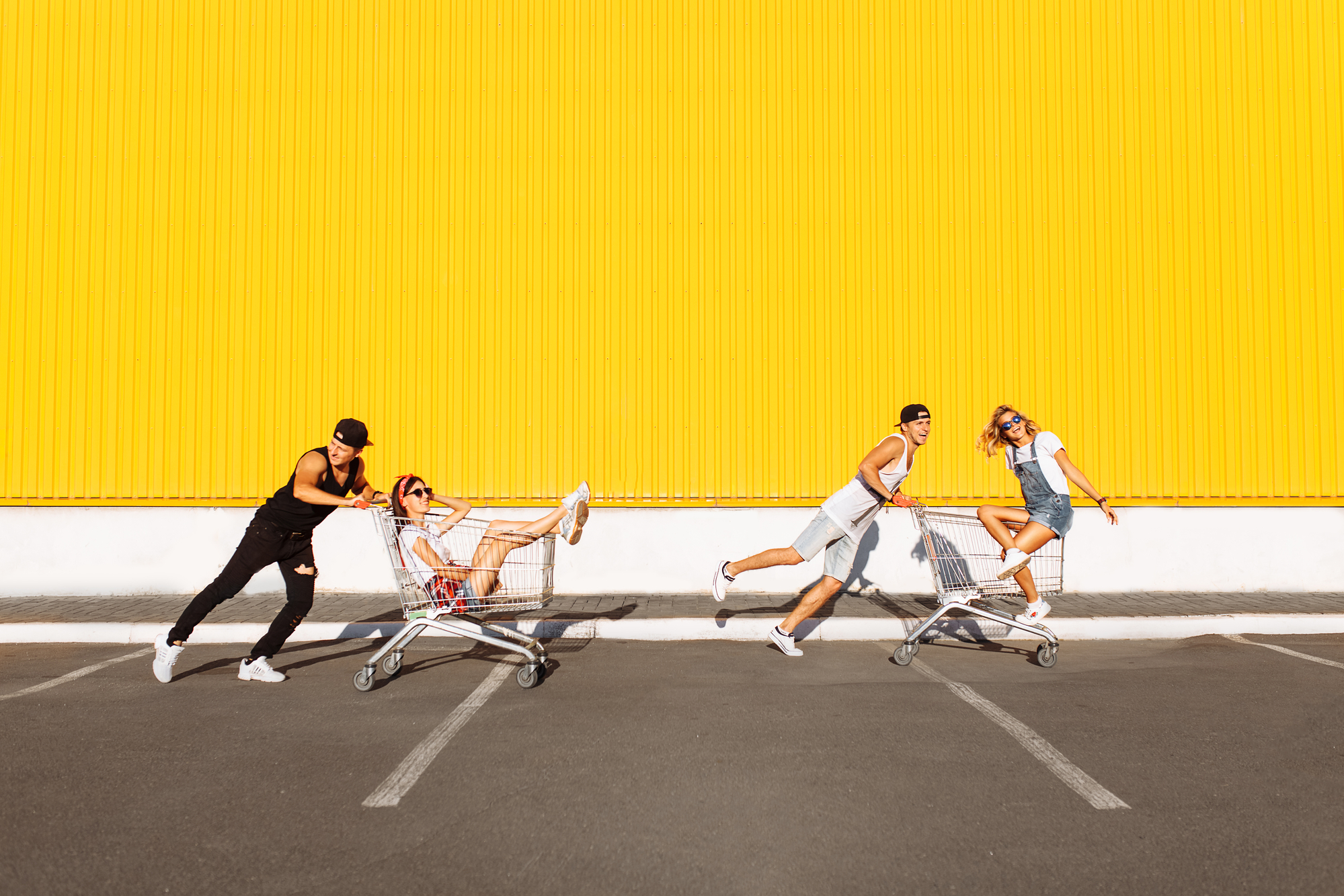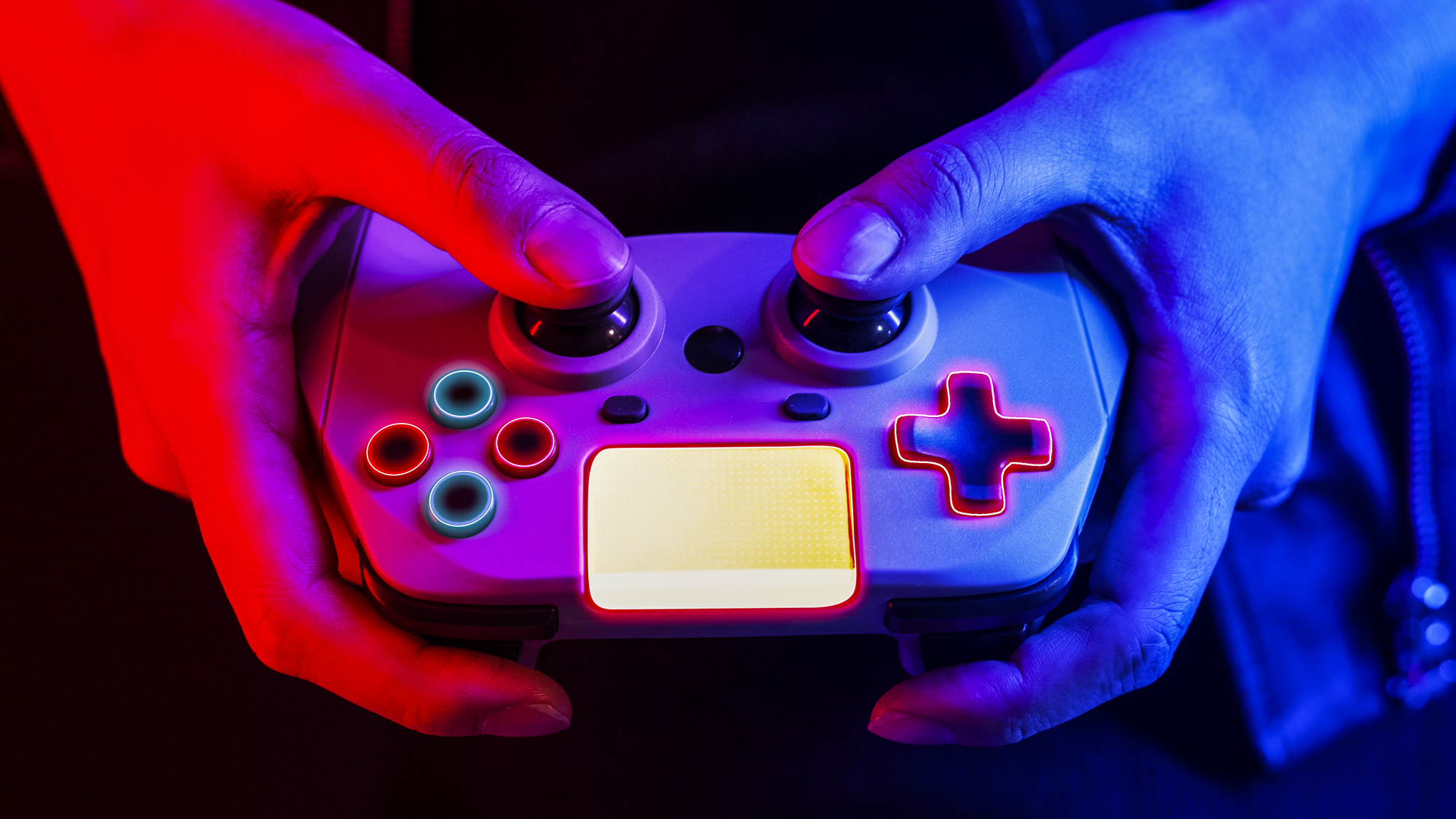What Is Nostalgia Marketing And How You Can Use It To Engage Your Audience
Did you know that the feeling of nostalgia motivates consumers to spend more money? The thing is, this way, they can have a positive experience they’ve already had before and cherish. And if you are a marketer, you know how important it is to understand the psychology of your target audience and be able to work with their emotions. Nostalgia can become a powerful tool for influencing consumers. So, let’s discover the nature of this sensation together and find out how it can be used to create effective marketing campaigns.
Nostalgia: Is it good or bad?
At first glance, it may seem like nostalgia is not a positive emotion, since it’s associated with sadness about fond memories. At the same time, there is scientific research that proves its positive effect. According to researchers, people resort to nostalgia when they feel depressed or desperate. This helps them feel better about themselves, which in turn boosts self-esteem and optimism. It can even add more meaning to life.
People are greatly attached to their memories because it’s an important emotional experience. For these memories to appear you need an appropriate trigger. Since it’s easier for people to deal with tangible objects, they tend to assign a special meaning to things from the past that evoke the feeling of nostalgia. For example, it can be clothing you dreamt of having as a teenager or a song associated with the most exciting trip in your life. Remember? That’s how nostalgia works.
The main thing about Nostalgia marketing
Nostalgia marketing is the strategy of product or service promotion using triggers that evoke pleasant memories. The main tool here is actually the feeling of nostalgia itself. As we’ve already found out, it mostly has a positive nature. This sets apart nostalgia marketing from other approaches like speculating on the fear of missing out, which marketers often used until recently. In times of the pandemic and today’s global challenges, the topic of mental health takes on a mega-important meaning. That’s why currently, experts resort to more ethical marketing strategies where caring for their audience’s well-being comes to the fore. Nostalgia marketing actually falls into this category.
Vivid examples of the Nostalgia marketing
Nostalgia marketing is often chosen by companies with history because it’s much easier for them to put their product in the necessary context. But this doesn’t mean other brands have no chance of using this approach in the promotion.
Examples of nostalgia marketing include the creation of retro packaging, design inspired by certain eras, stylized advertising campaigns, as well as the relaunch of once-popular products. Let’s examine them using the example of brands.
1. New Coke limited edition by Coca-Cola
When it comes to nostalgia, who can forget one of the most atmospheric TV series that takes us on a journey through the ’80s, “Stranger things”. Of course, people love it not only for the retro mood, but admit it, it’s an integral part of the show’s success. The TV series revived the popularity of fashion trends from that period, as well as its iconic attributes, like cassette players or Polaroid cameras. In “Stranger things”, we also see a drink that, back in the day, became one of the most memorable marketing blunders ever – New Coke by Coca-Cola. The company opted for a bold approach and decided to release a limited batch of New Coke cans to promote the series. It was meant to immerse people into the context of the mid-80s. In general, Coca-Cola is the brand that has derived most value from Stranger Things’ product placement.
2. Newstalgia campaign by Pizza Hut
What can be more powerful than nostalgia? The combination of nostalgia and modern technologies, as decided by marketers of the international restaurant chain, Pizza Hut. The result was a campaign with an eloquent name Newstalgia. As part of it, the designers created a PAC-MAN pizza box with augmented reality; it allowed you to play a popular arcade game from the 1980s. The marketers directly referred to pleasant childhood memories.

Source: Pizza Hut Blog
3. Gazelle relaunch by Adidas
In 2016, Adidas launched a renewed variant of its iconic Gazelle shoe. It first appeared on the market back in 1996 and immediately became one of the most popular models. The brand changed the design of these shoes several times, in the ‘70s, ’80s, and ’90s, but in general, their appearance stayed quite iconic. Not only has the model stood the test of time, but it also had a triumphant return. Now, there are over 600,000 Instagram posts with the #adidasgazelle hashtag.
4. Never Ending campaign by Spotify
If your childhood was part of the 80’s or early 90’s, you probably know The Neverending Story film about the Fantasia wonderland endangered by the Nothing, Fantasia’s Empress, a boy named Bastian, young warrior Atreyu, and a dragon named Falkor. And what’s more, you will immediately recognize the soundtrack from this fantasy film. In the Never Ending campaign, the Spotify streaming platform paid tribute to one of the most favorite children’s movies for millennials. We see Atreyu and Falkor almost 30 years after the events of the film, who can’t believe that people are still listening to The Neverending Story song.
5. Rebranding for Burger King
In 2021, for the first time in two decades, Burger King renewed its visual identity. The rebranding also included the change of the company’s logo. And the kicker is that instead of a totally new logo, they chose an old one, which was used by the brand in the 1990s. Jones Knowles Ritchie, the creative agency that worked on the chain’s visual identity, made a simple, clean design of the logo, packaging, merchandise, menu boards, restaurant signage and décor, marketing assets, and so on. The main idea was to maintain brand trust and to strengthen the emotional connection with the audience. After all, many people choose the things they know well, so an easily recognizable visual arrangement is crucial in this case.
What should be considered while creating a nostalgia marketing campaign
1. Understand your audience
If you still don’t know who your target audience is, and what their pains and aspirations are, delve into it right away. In the case of nostalgia marketing, this step is particularly important. Indeed, in order to choose triggers properly and evoke nostalgic memories, you have to understand the context in which your audience was raised, what they were into, and what they dreamt of. Start with the simplest thing: define the age of your potential clients. If it’s close to yours, the choice of an approach shouldn’t become a problem, since you probably understand your generation. When it comes to older or younger people, you can always find characteristics of different generations with a detailed overview.
Also, ensure that you take the demographic profile of your audience into account. Geography and gender greatly affect what kind of memories you are going to deal with. For example, it’s clear that millennials from different continents grew up in different social and cultural environments. Just as toys, books, films, and songs chosen by girls and boys can differ a lot.
2. Find a relevant occasion
It can be any event that is important to you and your audience. For instance, if your brand has a rich history and is approaching its anniversary, you can launch a campaign illustrating its growth from the very foundation to present day. People like stories about how it all started, as well as stories about how their favorite product has changed over time. It’s a great way to show your brand’s human face and strengthen the emotional connection with your audience.
A good occasion can be a rebranding, the launch of a new product, or the renewal of an existing one. Also, you can create a campaign, which will talk about the transformation of your niche. Here is an example – our project on the dramatic change in stock photography over the past 10 years.
In addition, you have a huge choice of newsbreaks that evoke emotional responses and memories in many people, and may therefore become a perfect theme for a nostalgia campaign. It’s the majority of family holidays including Christmas, New Year, and Easter, as well as memorable dates like the first day of school or prom.
3. Use the potential of social media
Not many of us have the luxury of launching a massive campaign. But you always have social media at hand, which allows limitless experiments with audience interaction formats and techniques, including nostalgia marketing. For example, you can use them to carry out surveys. Ask the audience about their best childhood memories, like a gift they dreamt of getting from their parents for their birthday. If you succeed at finding relevant examples, you can build a really exciting campaign around it, because everyone had their childhood dreams. One example is the #PlayStationMemories hashtag campaign, during which social media users shared memories about their experience of using the brand’s game consoles.
You can also resort to some popular formats like #MondayMemories. #TakeMeBackTuesday, #WaybackWednesday, #ThrowbackThursdays, and #FlashbackFridays, which would require minimal resources while providing high engagement. On Instagram, there are over 590 million posts with the #tbt hashtag. Another option is to create comparison posts of ‘How it started’ vs. ‘How it’s going’. Share nostalgic content to show your growth, as was done by the Scentsy brand.
To sum up
It comes as no surprise that people buy emotions and feelings. It’s the emotions that often lead consumers and define their decisions. We encourage you to care for the mental health of your target audience, and appeal to positive emotions only. Use the power of memories to attract attention and improve the emotional connection with your customers.
Here are some other articles that may interest you:
Summer marketing calendar: seasonal holidays and content collections
7 useful and interesting newsletters for creatives
Top 6 Virtual Influencers to Follow or Invite for Collaboration








